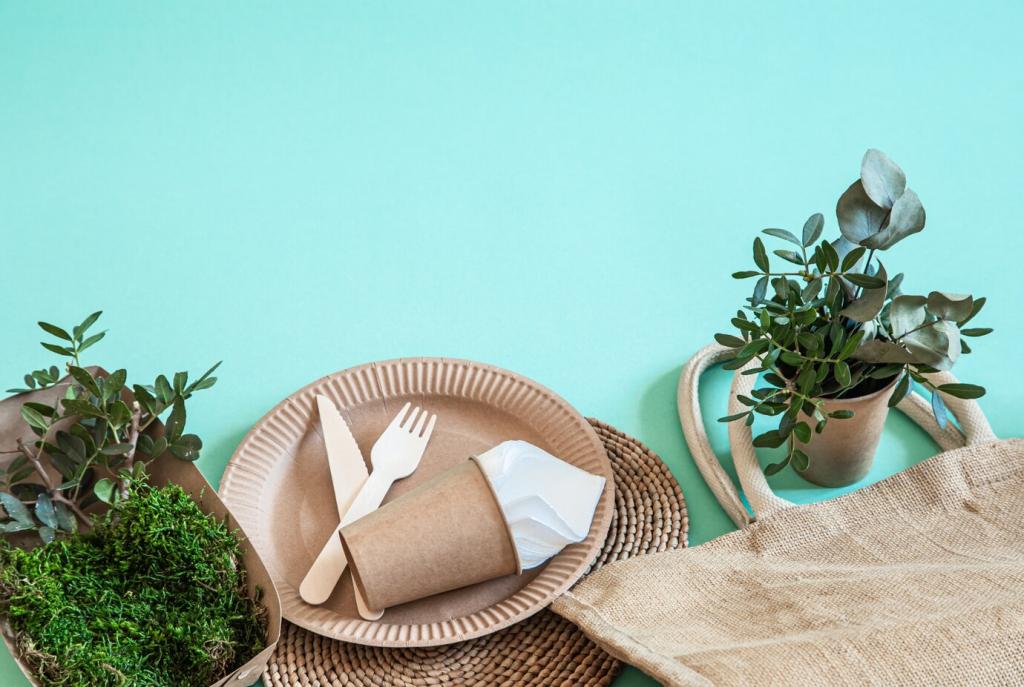
Upcycling Ideas for Home Interiors: Turn Castoffs into Character
Chosen theme: Upcycling Ideas for Home Interiors. Step into a welcoming space where creative reuse meets beautiful design. Expect practical guides, personal stories, and inspiration to transform overlooked materials into pieces you’ll love. Comment, subscribe, and share your transformations to inspire others.
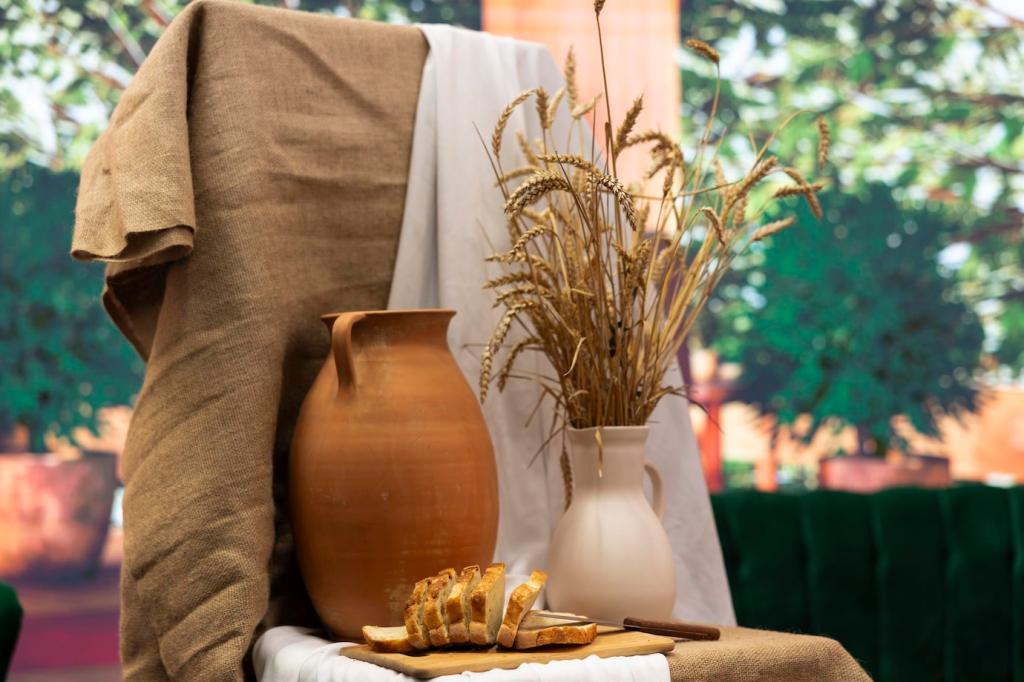
From Waste to Wow: The Sustainability Payoff
Every year, millions of furniture pieces head to landfills, yet many only need sanding, repairs, and thoughtful finishes. Upcycling keeps materials circulating longer, cuts demand for new production, and gifts interiors authentic, storied character.
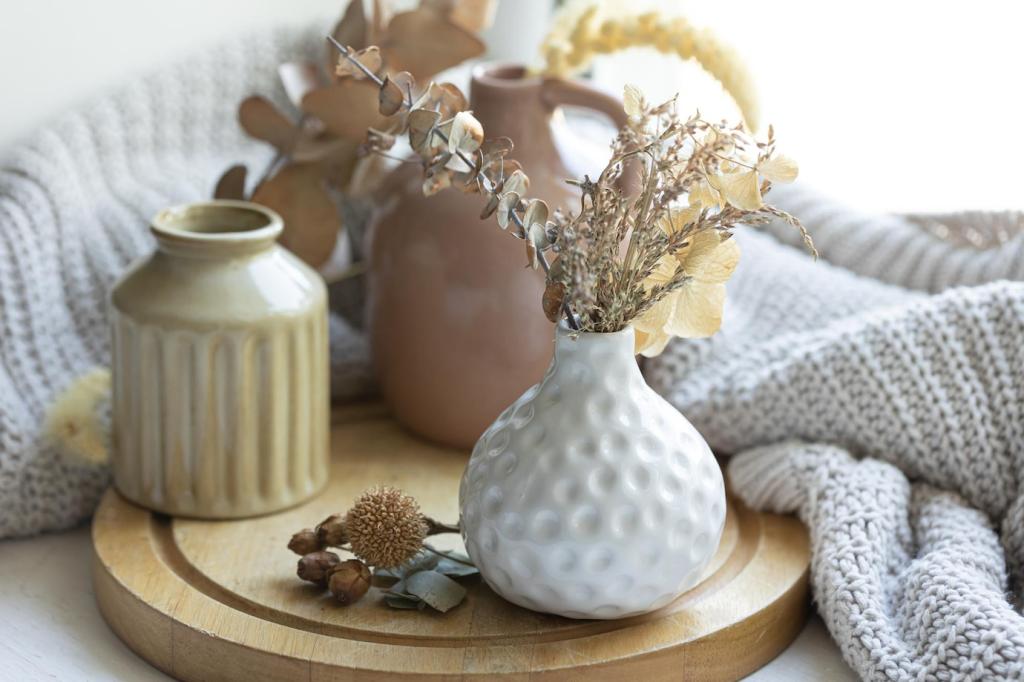
Design Freedom Without the Hefty Price Tag
Working with castoffs invites experimentation without costly pressure. Mistakes become learning, not losses. Reimagined materials unlock bespoke dimensions, clever storage, and playful finishes that big-box pieces rarely offer at approachable budgets.
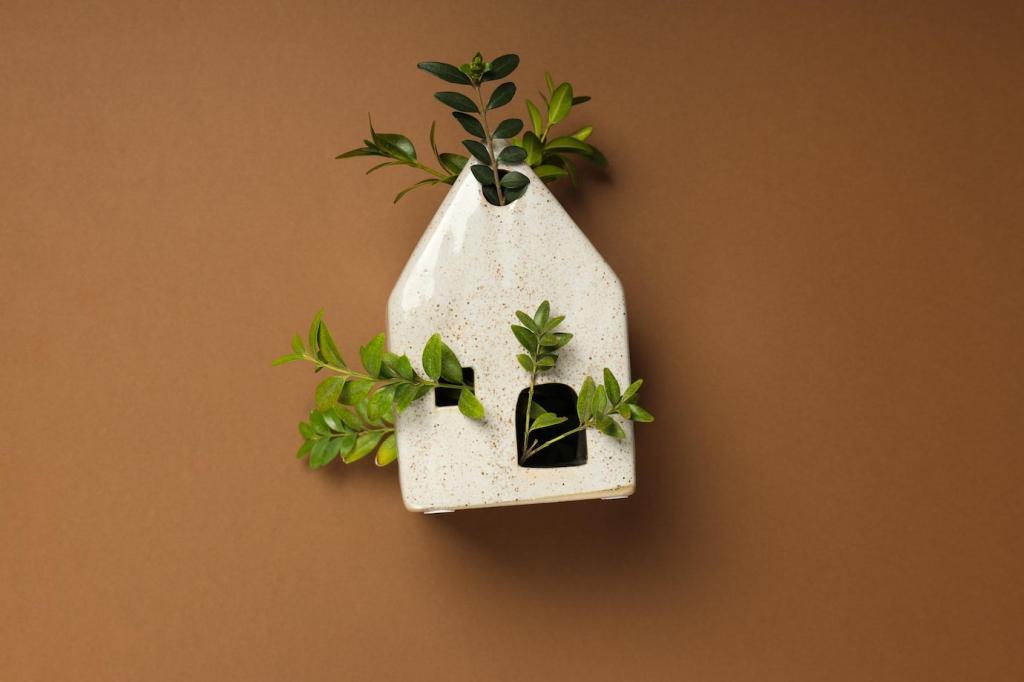
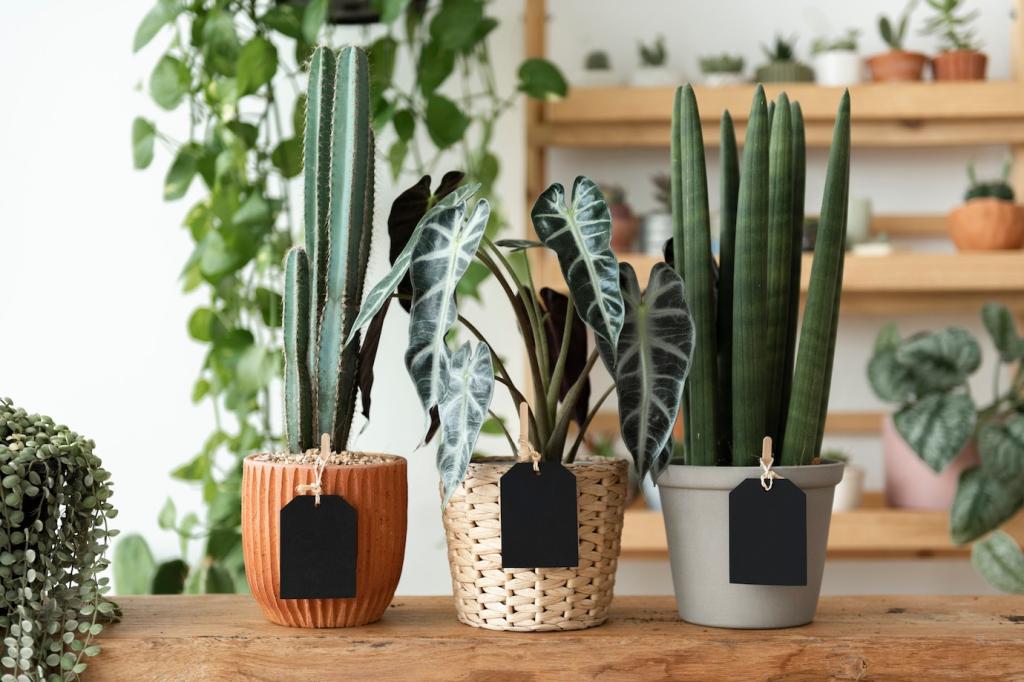
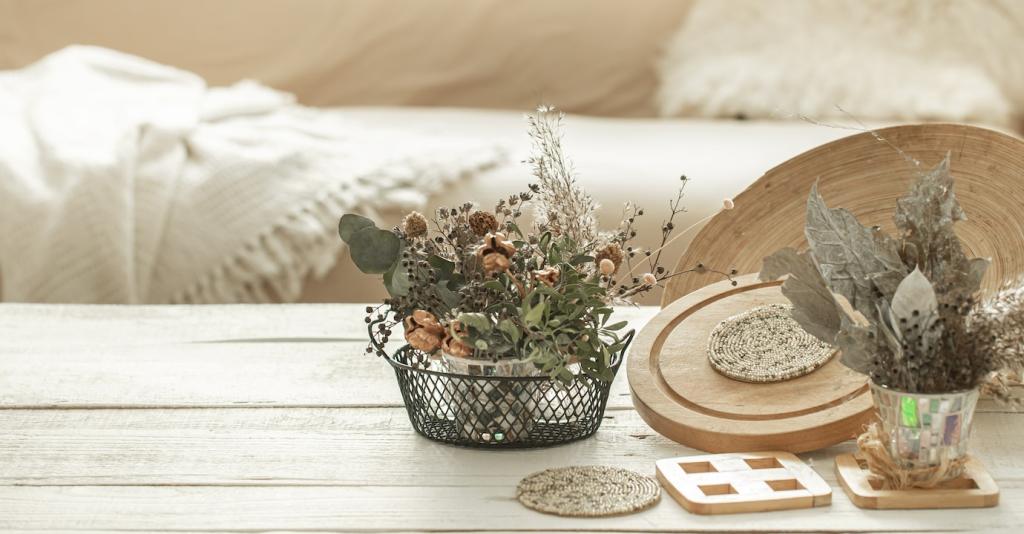
Materials and Tools: Start Smart, Stay Safe
Sourcing Materials Without Compromising Quality
Check architectural salvage yards, online marketplaces, and neighbor groups for hardwood, metal, and glass. Prioritize solid construction, minimal rot, and stable joints; avoid flaking unknown finishes until tested for safety.
Essential Tools for Safe, Precise Work
Basic kit: respirator, gloves, eye protection, sander with grits, drill-driver, square, clamps, wood glue, and filler. Respect lead paint protocols; wet-sand or encapsulate, and always ventilate while cutting or finishing.
Finishes That Respect Your Air and Surfaces
Choose low-VOC paints, hardwax oils, or water-based polyurethane for interiors. Food-contact areas love mineral oil or pure tung oil. Label leftovers, date the cans, and store away from heat sources.
Color Strategy: Repeat, Restrain, Relate
Pick a tight palette—perhaps two neutrals and one saturated accent—and repeat it across pieces. Relate mismatched items by painting interiors, hardware, or edging, creating rhythm that guides the eye gracefully.
Texture and Patina: Contrast with Purpose
Balance rough reclaimed timber with smooth ceramics, woven linens, or polished brass. Seal splinters, then let honest wear remain. Purposeful contrast reads curated, not chaotic, anchoring rooms with comfortable dimension.
Lighting: Spotlight the Story, Not the Flaws
Use warm bulbs and directional lamps to highlight grain, joinery, and texture. Dimmer switches soften imperfections at night, while daylight reveals craftsmanship; both together celebrate narrative over cosmetic perfection.
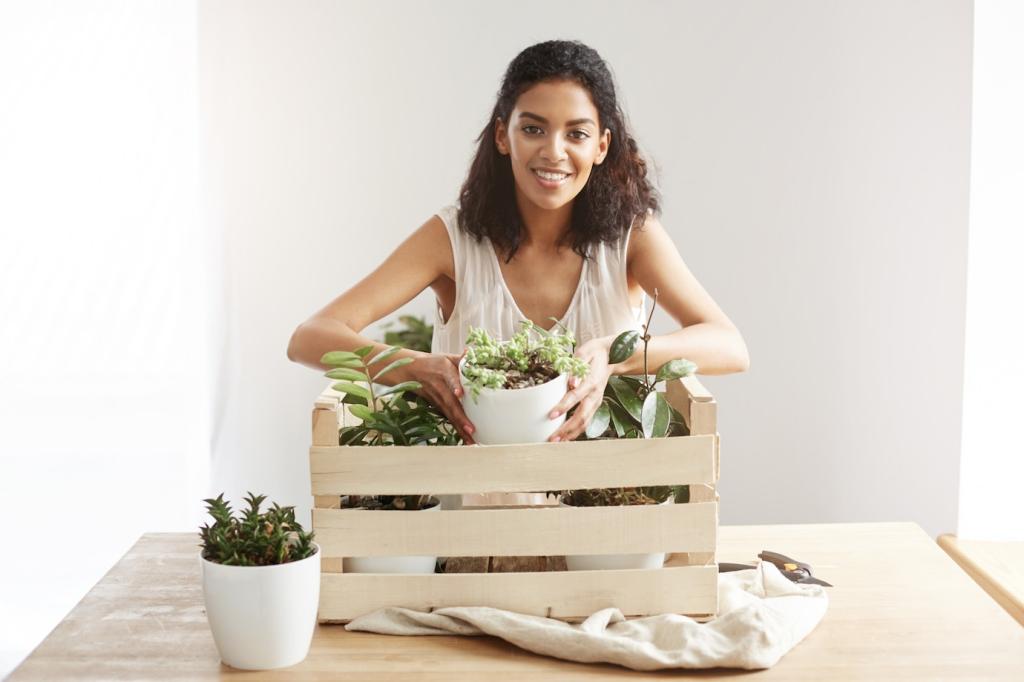
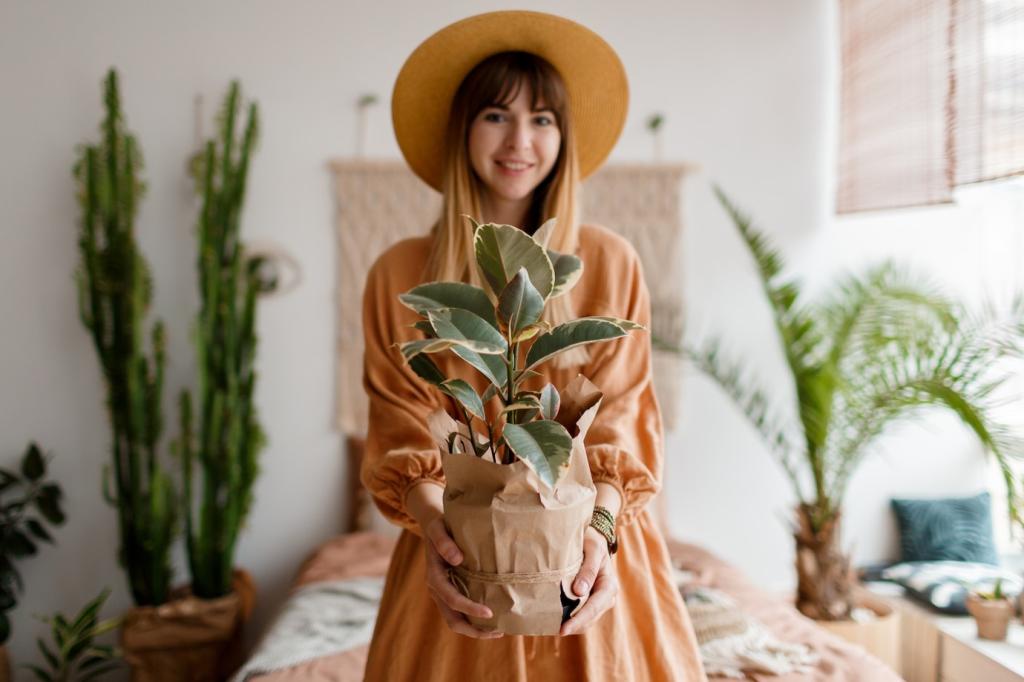
Measure your hallway, sketch proportions, and mark pallet boards for reuse. Pry gently with a wrecking bar, saving long runs. Group parts, then pre-drill pocket holes to speed later assembly.
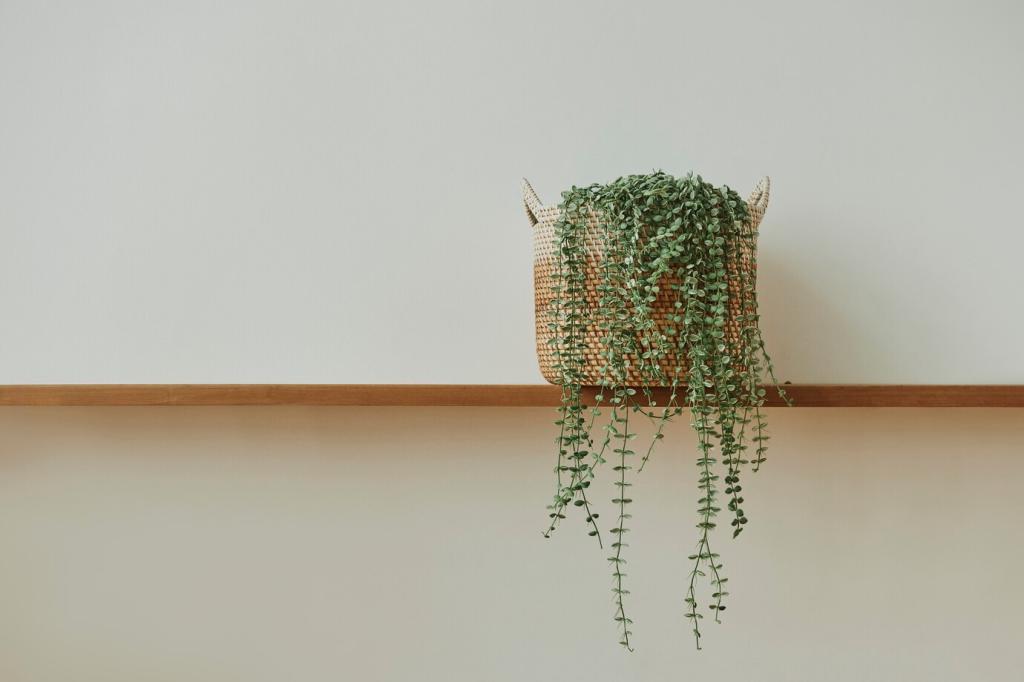
Create a strong frame from the sturdiest boards, add center supports, and check for racking. Progress through sanding grits patiently; dry-fit components, then glue, clamp, and screw everything square.
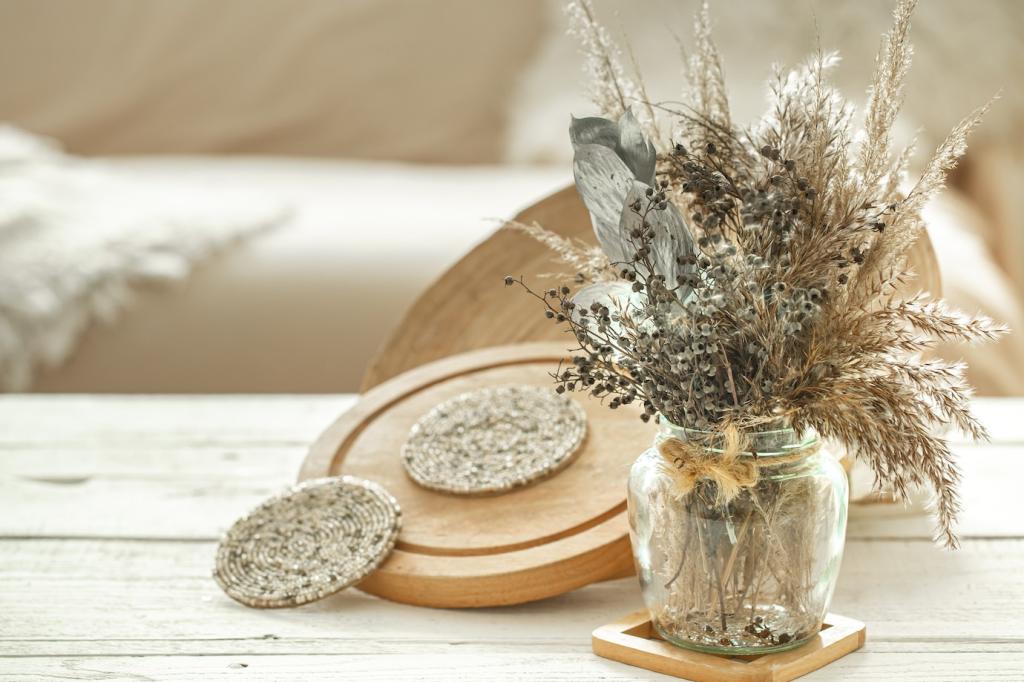
Round edges, apply hardwax oil, and buff for a subtle sheen. Add a shoe shelf beneath, then style with baskets and cushions. Snap photos and share your process to inspire neighbors.
Community, Stories, and the Joy of Sharing
Host a Swap or Curbside Rescue Night
Invite friends to bring castoffs, label dimensions, and trade ideas. Set a repair station with glue and screws. Track makeovers together afterward, and celebrate small wins with pizza and playlists.
Teach and Learn: Micro-Workshops at Home
Host ninety-minute sessions on stripping finishes, installing inserts, or safe sanding. Limit attendance, loan tools, and swap scrap. Record takeaways, then ask attendees to report back with photos and reflections.
Join the Conversation: Share and Subscribe
Tell us what you are transforming next, and where you found materials. Comment with before–after snapshots, subscribe for tutorials, and request topics you want demystified in upcoming upcycling deep dives.
